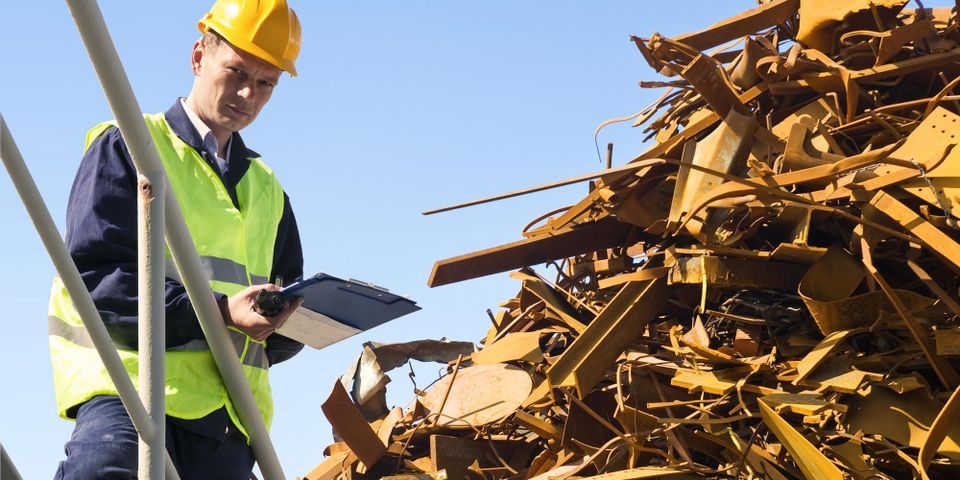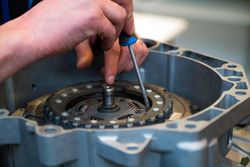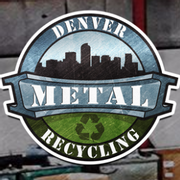
Scrap metal can be found in many of your miscellaneous belongings. If you find scrap metal in an object you no longer need, consider recycling it instead of throwing it out. You’ll benefit the planet by keeping the item out of a landfill and reducing the resources used to mine new metal. The following guide will help you figure out if you can be paid for recycling it as well.
How to Determine if an Item Is Scrap Metal
1. Conduct a Visual Inspection
You can often tell the difference between real scrap metal and an item made to look like it just by looking closely. Real metal is dense and strong and often has a shine to it. Objects that are not real metal will be more lightweight, easily breakable, and will often have a dull finish.
2. Use a Magnet
Get a strong magnet, like a magnetic screwdriver or drill. Hold it up to the item. If you feel an attraction, then you have a ferrous metal in your hands, which contains iron. If you don’t feel a pull, then it’s not metal, or it’s a non-ferrous metal. However, non-ferrous metals tend to be more valuable than ferrous ones, so you should continue to inspect it.
3. Scratch the Surface
 Using a carbon steel file, scratch the surface of the item in an inconspicuous spot. If the file bites into the metal or shaves off pieces, then you may have a soft metal such as lead, aluminum, or magnesium. If you can’t leave a scratch, then you may have a harder metal such as iron, titanium, or stainless steel.
Using a carbon steel file, scratch the surface of the item in an inconspicuous spot. If the file bites into the metal or shaves off pieces, then you may have a soft metal such as lead, aluminum, or magnesium. If you can’t leave a scratch, then you may have a harder metal such as iron, titanium, or stainless steel.
If you scratched the surface, check that the bottom of the scratch is the same color as the surface. This will tell you if the item is coated with metal or is the same material all the way through.
Once you’ve found your scrap metal, take it into Denver Metal Recycling in Denver, CO. They accept an extensive range of non-ferrous, ferrous, and electronic recycling items at their one-stop center. They will sort and weigh your items and process your payment quickly. See what they accept online and call (303) 316-2880 with any questions.
About the Business
Have a question? Ask the experts!
Send your question

